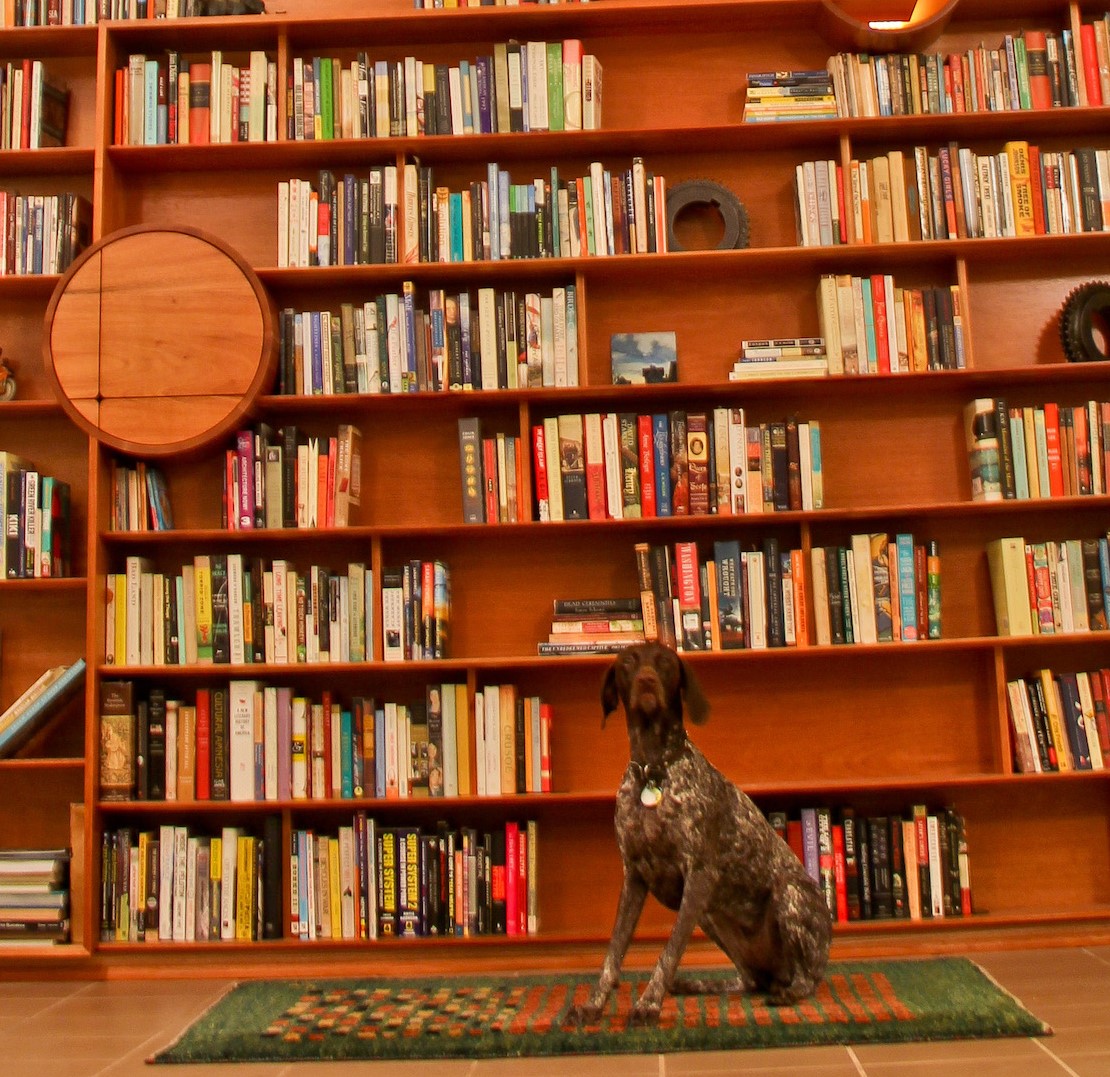Bestselling author and Key West local Meg Cabot is this year’s Bookstore Romance Day Ambassador and she has put together this snazzy video recommending some great romance picks. Bookstore Romance Day is August 15 and we will be celebrating in store and virtually.
For easy reference, here is a listing of the books she showcases in the video that we have in stock in the store or can get from our warehouse:
 Royal Wedding (Princess Diaries #11), by Meg Cabot
Royal Wedding (Princess Diaries #11), by Meg Cabot
For Princess Mia, the past five years since college graduation have been a whirlwind of activity, what with living in New York City, running her new teen community center, being madly in love, and attending royal engagements. And speaking of engagements. Mia’s gorgeous longtime boyfriend Michael managed to clear both their schedules just long enough for an exotic (and very private) Caribbean island interlude where he popped the question! Of course Mia didn’t need to consult her diary to know that her answer was a royal oui.
 Princess Diaries, by Meg Cabot
Princess Diaries, by Meg Cabot
Mia Thermopolis is pretty sure there’s nothing worse than being a five-foot-nine, flat-chested freshman, who also happens to be flunking Algebra. Is she ever in for a surprise. First Mom announces that she’s dating Mia’s Algebra teacher. Then Dad has to go and reveal that he is the crown prince of Genovia. And guess who still doesn’t have a date for the Cultural Diversity Dance?
 A Princess in Theory, by Alyssa Cole
A Princess in Theory, by Alyssa Cole
Between grad school and multiple jobs, Naledi Smith doesn’t have time for fairy tales…or patience for the constant e-mails claiming she’s betrothed to an African prince. Sure. Right. Delete! As a former foster kid, she’s learned that the only things she can depend on are herself and the scientific method, and a silly e-mail won’t convince her otherwise.
 Her Royal Highness, by Rachel Hawkins
Her Royal Highness, by Rachel Hawkins
Millie Quint is devastated when she discovers that her sort-of-best friend/sort-of-girlfriend has been kissing someone else. Heartbroken and ready for a change of pace, Millie decides to apply for scholarships to boarding schools . . . the farther from Houston the better. Soon, Millie is accepted into one of the world’s most exclusive schools, located in the rolling highlands of Scotland. Here, the country is dreamy and green; the school is covered in ivy, and the students think her American-ness is adorable. The only problem: Mille’s roommate Flora is a total princess. She’s also an actual princess. Of Scotland.
 The Lady’s Guide to Celestial Mechanics, by Olivia Waite
The Lady’s Guide to Celestial Mechanics, by Olivia Waite
As Lucy Muchelney watches her ex-lover’s sham of a wedding, she wishes herself anywhere else. It isn’t until she finds a letter from the Countess of Moth, looking for someone to translate a groundbreaking French astronomy text, that she knows where to go. Showing up at the Countess’ London home, she hoped to find a challenge, not a woman who takes her breath away.
 To All the Boys I’ve Loved Before, by Jenny Han
To All the Boys I’ve Loved Before, by Jenny Han
What if all the crushes you ever had found out how you felt about them…all at once? Sixteen-year-old Lara Jean Song keeps her love letters in a hatbox her mother gave her. They aren’t love letters that anyone else wrote for her; these are ones she’s written. One for every boy she’s ever loved—five in all. When she writes, she pours out her heart and soul and says all the things she would never say in real life, because her letters are for her eyes only. Until the day her secret letters are mailed, and suddenly, Lara Jean’s love life goes from imaginary to out of control.
 You Had Me at Hola, by Alexis Daria
You Had Me at Hola, by Alexis Daria
After a messy public breakup, soap opera darling Jasmine Lin Rodriguez finds her face splashed across the tabloids. When she returns to her hometown of New York City to film the starring role in a bilingual romantic comedy for the number one streaming service in the country, Jasmine figures her new “Leading Lady Plan” should be easy enough to follow—until a casting shake-up pairs her with telenovela hunk Ashton Suárez.
 Take a Hint, Dani Brown, by Talia Hibbert
Take a Hint, Dani Brown, by Talia Hibbert
Danika Brown knows what she wants: professional success, academic renown, and an occasional roll in the hay to relieve all that career-driven tension. But romance? Been there, done that, burned the T-shirt. Romantic partners, whatever their gender, are a distraction at best and a drain at worst. So Dani asks the universe for the perfect friend-with-benefits—someone who knows the score and knows their way around the bedroom.
Take a Hint, Dani Brown is also our current virtual book club pick. Read what assistant manager Gianelle has to say about it: https://booksandbookskw.com/virtual-book-club-pick-take-a-hint-dani-brown/
 Pride, by Ibi Zoboi
Pride, by Ibi Zoboi
Zuri Benitez has pride. Brooklyn pride, family pride, and pride in her Afro-Latino roots. But pride might not be enough to save her rapidly gentrifying neighborhood from becoming unrecognizable. When the wealthy Darcy family moves in across the street, Zuri wants nothing to do with their two teenage sons, even as her older sister, Janae, starts to fall for the charming Ainsley. She especially can’t stand the judgmental and arrogant Darius. Yet as Zuri and Darius are forced to find common ground, their initial dislike shifts into an unexpected understanding.
 Pride, Prejudice, and Other Flavors, by Sonali Dev
Pride, Prejudice, and Other Flavors, by Sonali Dev
It is a truth universally acknowledged that only in an overachieving Indian American family can a genius daughter be considered a black sheep.
Dr. Trisha Raje is San Francisco’s most acclaimed neurosurgeon. But that’s not enough for the Rajes, her influential immigrant family who’s achieved power by making its own non-negotiable rules:
· Never trust an outsider
· Never do anything to jeopardize your brother’s political aspirations
· And never, ever, defy your family
Trisha is guilty of breaking all three rules. But now she has a chance to redeem herself. So long as she doesn’t repeat old mistakes.
 Cinderella Is Dead, by Kalynn Bayron
Cinderella Is Dead, by Kalynn Bayron
It’s 200 years after Cinderella found her prince, but the fairy tale is over. Teen girls are now required to appear at the Annual Ball, where the men of the kingdom select wives based on a girl’s display of finery. If a suitable match is not found, the girls not chosen are never heard from again.
Sixteen-year-old Sophia would much rather marry Erin, her childhood best friend, than parade in front of suitors. At the ball, Sophia makes the desperate decision to flee, and finds herself hiding in Cinderella’s mausoleum. There, she meets Constance, the last known descendant of Cinderella and her step sisters. Together they vow to bring down the king once and for all–and in the process, they learn that there’s more to Cinderella’s story than they ever knew . . .
 The Rakess, by Scarlett Peckham
The Rakess, by Scarlett Peckham
She’s a Rakess on a quest for women’s rights…
Seraphina Arden’s passions include equality, amorous affairs, and wild, wine-soaked nights. To raise funds for her cause, she’s set to publish explosive memoirs exposing the powerful man who ruined her. Her ideals are her purpose, her friends are her family, and her paramours are forbidden to linger in the morning.
He’s not looking for a summer lover…
Adam Anderson is a wholesome, handsome, widowed Scottish architect, with two young children, a business to protect, and an aversion to scandal. He could never, ever afford to fall for Seraphina. But her indecent proposal—one month, no strings, no future—proves too tempting for a man who strains to keep his passions buried with the losses of his past.
But one night changes everything…
 Simon vs. the Homo Sapiens Agenda, by Becky Albertalli
Simon vs. the Homo Sapiens Agenda, by Becky Albertalli
Sixteen-year-old and not-so-openly gay Simon Spier prefers to save his drama for the school musical. But when an email falls into the wrong hands, his secret is at risk of being thrust into the spotlight. Now change-averse Simon has to find a way to step out of his comfort zone before he’s pushed out—without alienating his friends, compromising himself, or fumbling a shot at happiness with the most confusing, adorable guy he’s never met.
 Two Rogues Make a Right, by Cat Sebastian
Two Rogues Make a Right, by Cat Sebastian
Will Sedgwick can’t believe that after months of searching for his oldest friend, Martin Easterbrook is found hiding in an attic like a gothic nightmare. Intent on nursing Martin back to health, Will kindly kidnaps him and takes him to the countryside to recover, well away from the world. Martin doesn’t much care where he is or even how he got there. He’s much more concerned that the man he’s loved his entire life is currently waiting on him hand and foot, feeding him soup and making him tea. Martin knows he’s a lost cause, one he doesn’t want Will to waste his life on.
 Geekerella, by Ashley Poston
Geekerella, by Ashley Poston
Part romance, part love letter to nerd culture, and all totally adorbs, Geekerella is a fairy tale for anyone who believes in the magic of fandom. Geek girl Elle Wittimer lives and breathes Starfield, the classic sci-fi series she grew up watching with her late father. So when she sees a cosplay contest for a new Starfield movie, she has to enter. The prize? An invitation to the ExcelsiCon Cosplay Ball, and a meet-and-greet with the actor slated to play Federation Prince Carmindor in the reboot. With savings from her gig at the Magic Pumpkin food truck (and her dad’s old costume), Elle’s determined to win…unless her stepsisters get there first.
 Spoiler Alert, by Olivia Dade (publishes 10/6/20, available for preorder)
Spoiler Alert, by Olivia Dade (publishes 10/6/20, available for preorder)
Marcus Caster-Rupp has a secret. While the world knows him as Aeneas, the star of the biggest show on TV, Gods of the Gates, he’s known to fanfiction readers as Book!AeneasWouldNever, an anonymous and popular poster. Marcus is able to get out his own frustrations with his character through his stories, especially the ones that feature the internet’s favorite couple to ship, Aeneas and Lavinia. But if anyone ever found out about his online persona, he’d be fired. Immediately. April Whittier has secrets of her own. A hardcore Lavinia fan, she’s hidden her fanfiction and cosplay hobby from her “real life” for years—but not anymore. When she decides to post her latest Lavinia creation on Twitter, her photo goes viral. Trolls and supporters alike are commenting on her plus-size take, but when Marcus, one half of her OTP, sees her pic and asks her out on a date to spite her critics, she realizes life is really stranger than fanfiction.
 No Judgments, by Meg Cabot
No Judgments, by Meg Cabot
When a massive hurricane severs all power and cell service to Little Bridge Island—as well as its connection to the mainland—twenty-five-year-old Bree Beckham isn’t worried . . . at first. She’s already escaped one storm—her emotionally abusive ex—so a hurricane seems like it will be a piece of cake. But animal-loving Bree does become alarmed when she realizes how many islanders have been cut off from their beloved pets. Now it’s up to her to save as many of Little Bridge’s cats and dogs as she can . . . but to do so, she’s going to need help—help she has no choice but to accept from her boss’s sexy nephew, Drew Hartwell, the Mermaid Café’s most notorious heartbreaker.
 No Offense, by Meg Cabot
No Offense, by Meg Cabot
Welcome to Little Bridge, one of the smallest, most beautiful islands in the Florida Keys, home to sandy white beaches, salt-rimmed margaritas, and stunning sunsets—a place where nothing goes under the radar and love has a way of sneaking up when least expected…
A broken engagement only gave Molly Montgomery additional incentive to follow her dream job from the Colorado Rockies to the Florida Keys. Now, as Little Bridge Island Public Library’s head of children’s services, Molly hopes the messiest thing in her life will be her sticky-note covered desk. But fate—in the form of a newborn left in the restroom—has other ideas. So does the sheriff who comes to investigate the “abandonment”. When John Hartwell folds all six-feet-three of himself into a tiny chair and insists that whoever left the baby is a criminal, Molly begs to differ and asks what he’s doing about the Island’s real crime wave (if thefts of items from homes that have been left unlocked could be called that). Not the best of starts, but the man’s arrogance is almost as distracting as his blue eyes. Almost…
Meg Cabot’s newest book, the second in the Little Bridge Island series, No Offense, will be available August 11. Books & Books is hosting a virtual evening with Meg and Emily Henry, author of Beach Read on the 11th at 7pm. (Details and registration at https://booksandbookskw.com/cabot-no-offense/)
Special thanks to Bookstore Romance Day, Meg Cabot, and Avon Books.
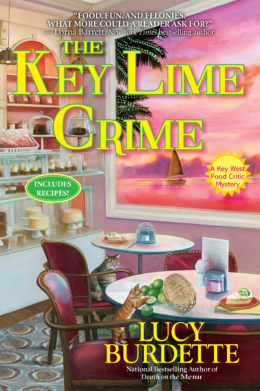 KEY LIME CRIME, tenth in the Key West Food Critic Mystery series, by Lucy Burdette comes out August 11. Readers love this fun series because it is like having a local guide — one who just happens to stumble over a murder or two. We had a quick chat with Lucy, who some of you probably know as Roberta, about writing about food, Key West as a setting, and the new addition to her family.
KEY LIME CRIME, tenth in the Key West Food Critic Mystery series, by Lucy Burdette comes out August 11. Readers love this fun series because it is like having a local guide — one who just happens to stumble over a murder or two. We had a quick chat with Lucy, who some of you probably know as Roberta, about writing about food, Key West as a setting, and the new addition to her family.



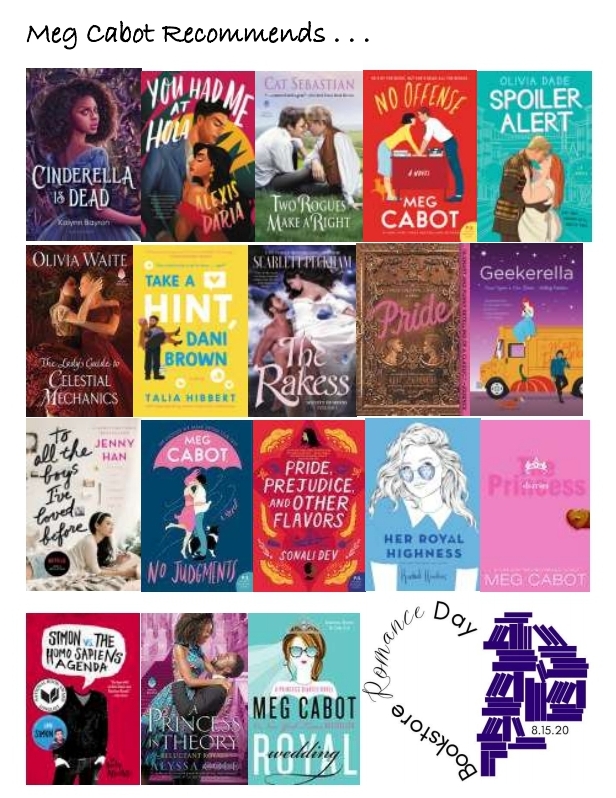







 T
T










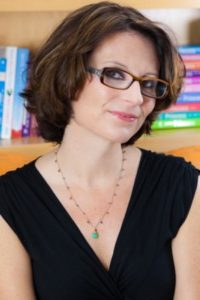
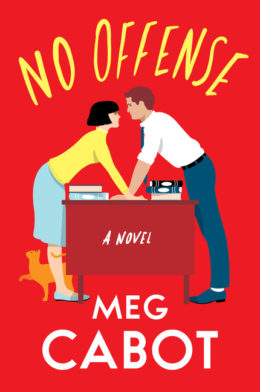 Cabot will now join us virtually on August 11th for the release of the second book in the Little Bridge Series,
Cabot will now join us virtually on August 11th for the release of the second book in the Little Bridge Series, 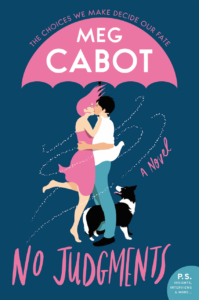 Q: What was the inspiration behind writing No Judgments?
Q: What was the inspiration behind writing No Judgments?

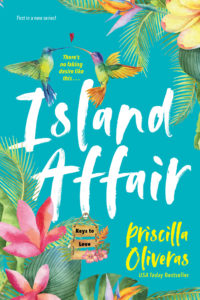 Q: Where did you grow up and where’s home these days? Why did you decide to set ISLAND AFFAIR in Key West?
Q: Where did you grow up and where’s home these days? Why did you decide to set ISLAND AFFAIR in Key West?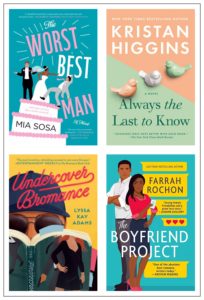 Q: We often get asked for light or funny reads. What might you recommend for someone who is looking for a bit of escape?
Q: We often get asked for light or funny reads. What might you recommend for someone who is looking for a bit of escape?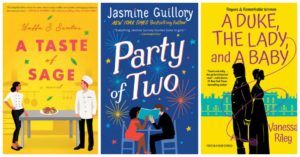 Q: At what point in your career did you get your MFA (had you already published a novel)? What advice would you give writers considering an MFA?
Q: At what point in your career did you get your MFA (had you already published a novel)? What advice would you give writers considering an MFA?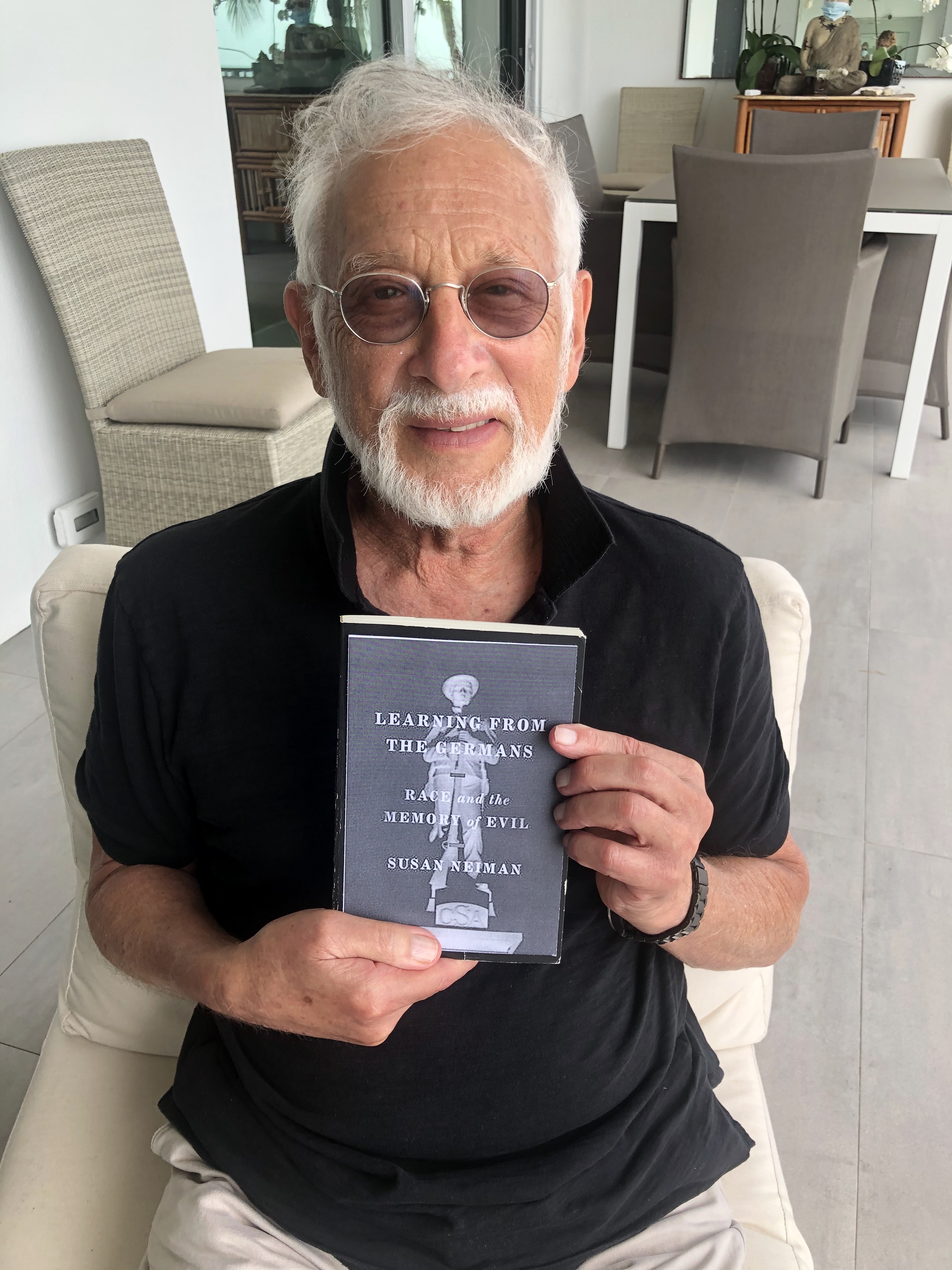
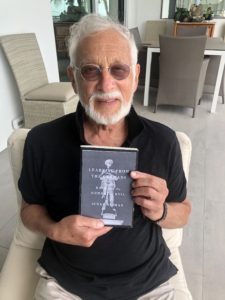 Hi Bookfriends,
Hi Bookfriends,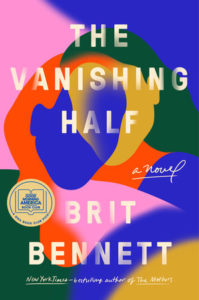 I just finished Brit Bennett’s new novel,
I just finished Brit Bennett’s new novel, 
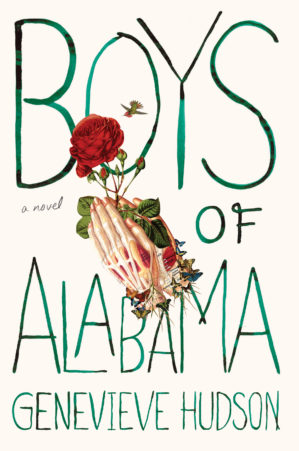

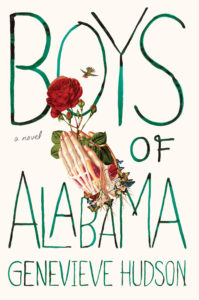 Enjoy this Q&A, check out the Reader Meet Writer replay (find that
Enjoy this Q&A, check out the Reader Meet Writer replay (find that 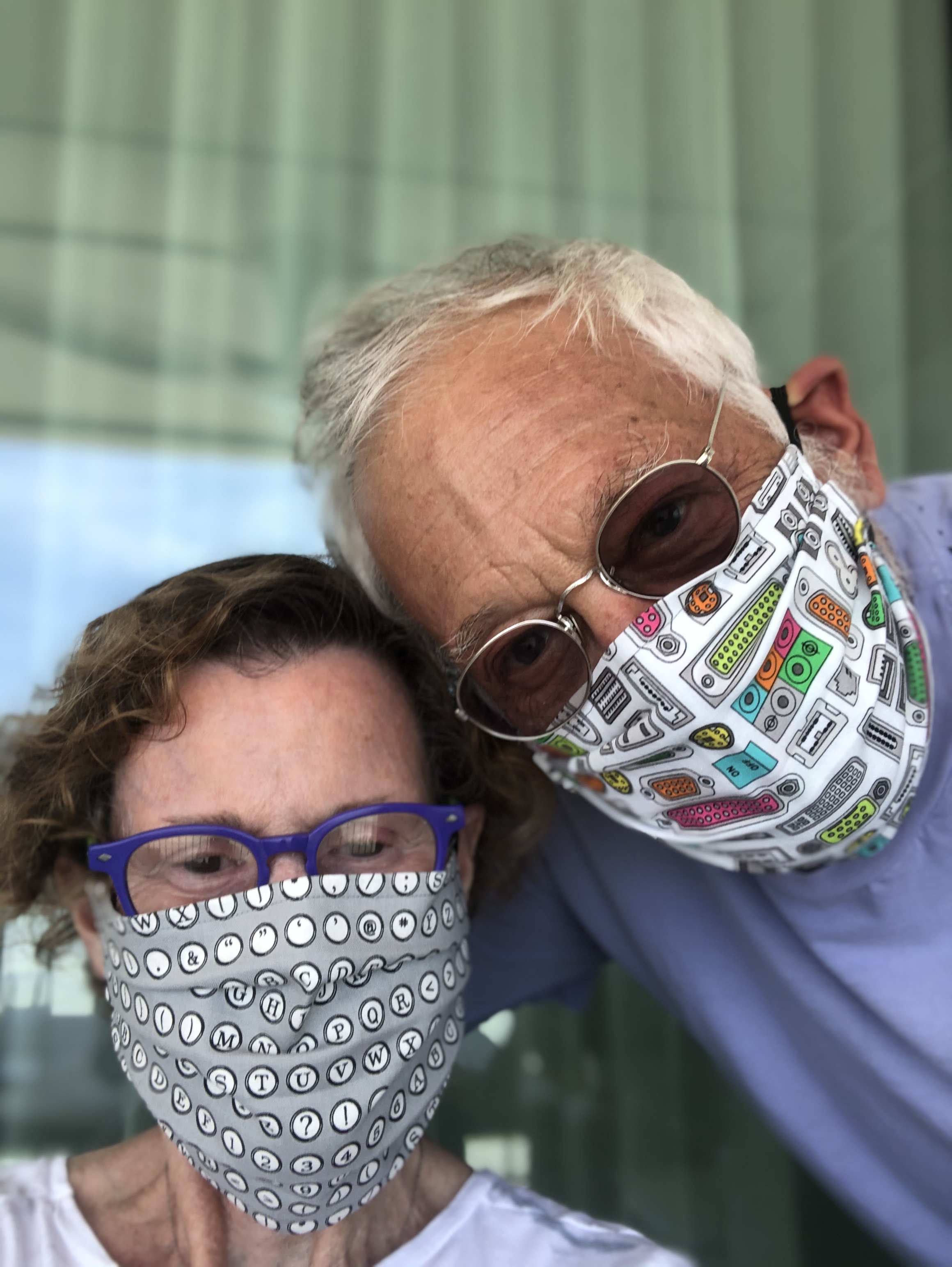

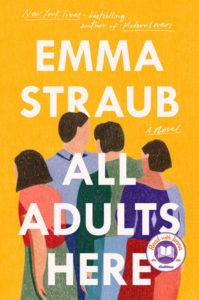 I don’t know where the day goes (well, laundry for sure) but before I know it, it’s time for late afternoon reading, the best time of the day. I’ve started Emma Straub’s just published novel,
I don’t know where the day goes (well, laundry for sure) but before I know it, it’s time for late afternoon reading, the best time of the day. I’ve started Emma Straub’s just published novel, 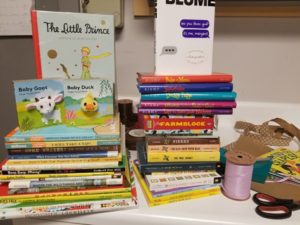 Your loyalty is helping us stay afloat. We’re grateful you’re ordering books, puzzles, art supplies from us. It means we can keep our staff on salary. We’ve had orders from all over the country and we appreciate every one of them. Those of you in Key West know that Gia or Emily will deliver your books to your doorstep the same day you call. I’ve been signing books the same way. I want to give a shout out to our customers who ordered a “Starter Library” for a new baby in their lives. I wish you could have heard Gianelle and me on the phone — me shouting out titles, Gia running around the store trying to find them, then Gia reminding me of a new book that just had to be included. Gia put it all together and wrapped it beautifully. Another shoutout to our customer who ordered seven large art books, then ordered another seven, all as gifts to friends. And how about thirty copies of a forthcoming book, also for friends!
Your loyalty is helping us stay afloat. We’re grateful you’re ordering books, puzzles, art supplies from us. It means we can keep our staff on salary. We’ve had orders from all over the country and we appreciate every one of them. Those of you in Key West know that Gia or Emily will deliver your books to your doorstep the same day you call. I’ve been signing books the same way. I want to give a shout out to our customers who ordered a “Starter Library” for a new baby in their lives. I wish you could have heard Gianelle and me on the phone — me shouting out titles, Gia running around the store trying to find them, then Gia reminding me of a new book that just had to be included. Gia put it all together and wrapped it beautifully. Another shoutout to our customer who ordered seven large art books, then ordered another seven, all as gifts to friends. And how about thirty copies of a forthcoming book, also for friends! Every book makes a difference. I’m making a special donation to
Every book makes a difference. I’m making a special donation to 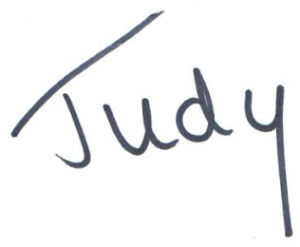

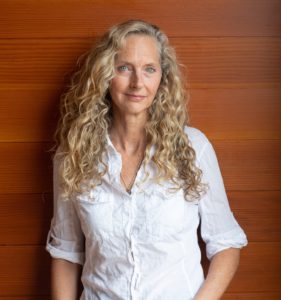
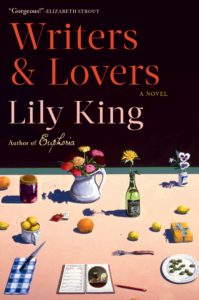 A: I had three in-person events before we went into isolation. Then within a few days many bookstores had figured out virtual solutions. It really is amazing how quickly you all have adapted. I’m always so happy when a bookstore that I was supposed to visit on my tour invites me to do something online. What’s great about it is that people from anywhere can come. They can pick and choose the time and the date. It’s really fun in that way, seeing who shows up. I wish I could introduce everyone to each other and we could out go out for a drink after, but that’s another lifetime. It’s easier to hold a room from a podium than from a computer screen. You feel that. There’s an energy in a real roomful of people that doesn’t get created in the same way. Everyone’s mic is off so you can’t hear people’s responses. But the in-conversation format is really suited to the virtual event and if you get a good conversation going it nearly feels real. I had one a few weeks ago and I got so absorbed I actually forgot about the virus for a full hour. That was lovely.
A: I had three in-person events before we went into isolation. Then within a few days many bookstores had figured out virtual solutions. It really is amazing how quickly you all have adapted. I’m always so happy when a bookstore that I was supposed to visit on my tour invites me to do something online. What’s great about it is that people from anywhere can come. They can pick and choose the time and the date. It’s really fun in that way, seeing who shows up. I wish I could introduce everyone to each other and we could out go out for a drink after, but that’s another lifetime. It’s easier to hold a room from a podium than from a computer screen. You feel that. There’s an energy in a real roomful of people that doesn’t get created in the same way. Everyone’s mic is off so you can’t hear people’s responses. But the in-conversation format is really suited to the virtual event and if you get a good conversation going it nearly feels real. I had one a few weeks ago and I got so absorbed I actually forgot about the virus for a full hour. That was lovely.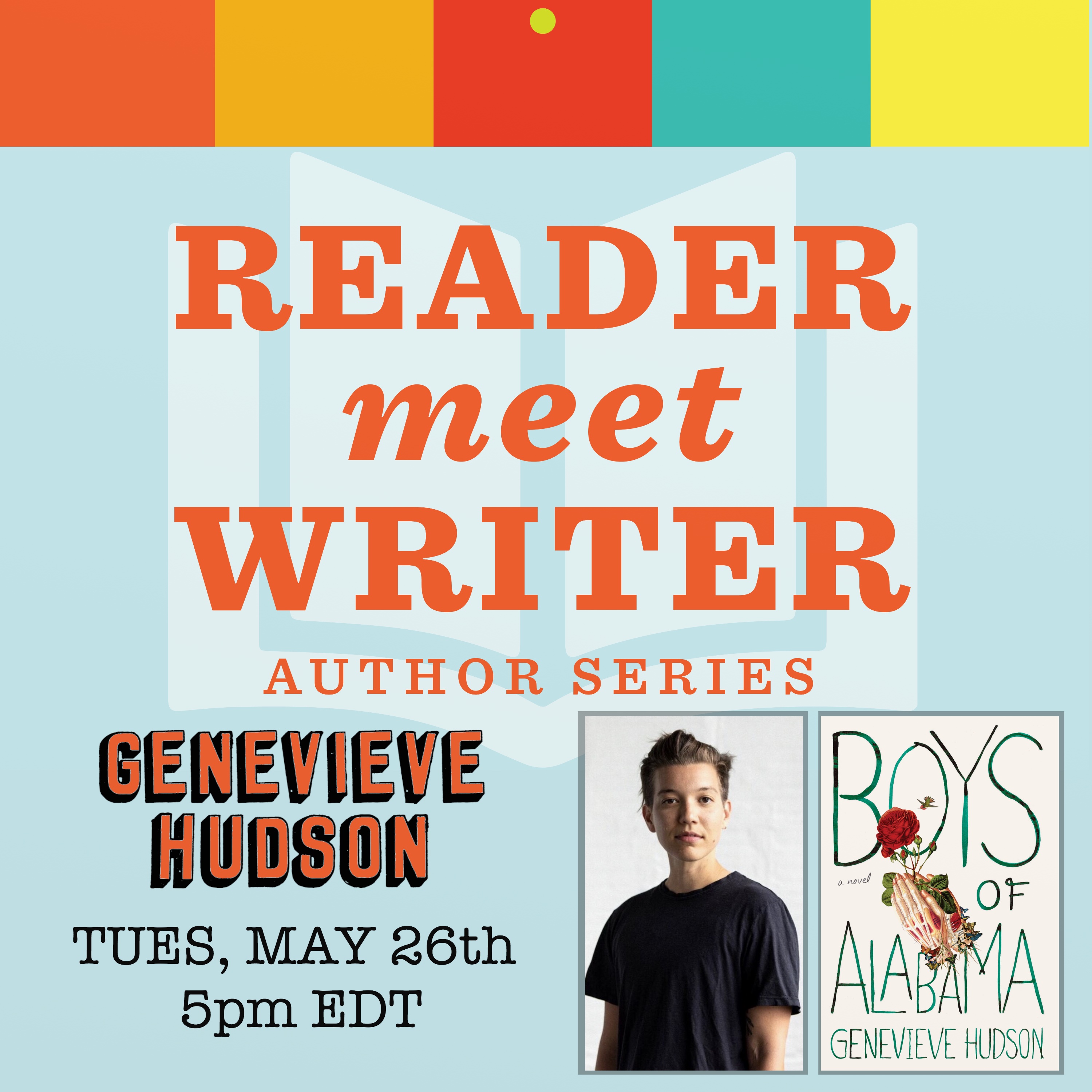
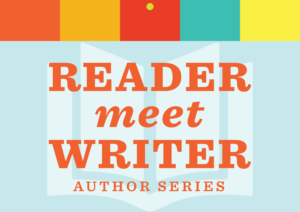
 Genevieve will be talking with us TUESDAY MAY 26th at 5PM EDT about their newest book
Genevieve will be talking with us TUESDAY MAY 26th at 5PM EDT about their newest book 